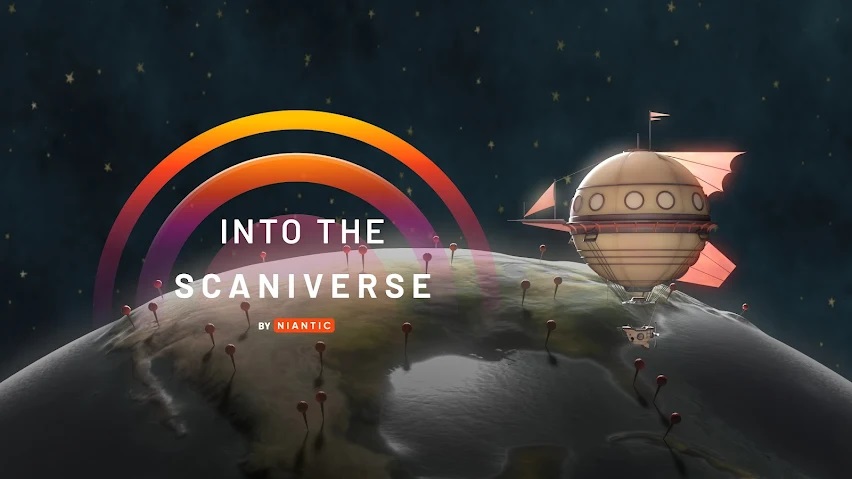
In Augmented Reality and Mixed Reality News
December 10, 2024 – Niantic, a provider of augmented reality (AR) technologies and the creator of the AR mobile game Pokémon GO, has today announced the next stage in the evolution of its ‘Scaniverse’ platform, with the release of three improvements aimed at making it more accessible and fun for users.
These improvements include:
- The introduction of a beta web app for Meta Quest to explore 3D photos around the world;
- The availability of the Scaniverse map on Android; and
- Adding Japanese and German language support to the Scaniverse iOS app.
According to the company, the foundational step of creating a playable world is gathering 3D imagery. Since it launched its global map on Scaniverse for iOS in August, Niantic stated that thousands of people in over 100 countries have scanned and posted public places they find interesting, from Stonehenge to street art. It is these scenes that Niantic believes will become even more valuable as both the company and developers around the world create experiences that interact with them.
For users uploading their scans to the Scaniverse map, they are actively contributing to Niantic’s Lightship Visual Positioning System (VPS) and are ultimately helping to build out Niantic’s 3D map of the world. Niantic stated that already, the Scaniverse community has built “the world’s largest collection of 3D Gaussian splats.” These “splats” as they are also known, are the technology at the heart of the company’s photorealistic, playable 3D representation of the world.

Into the Scaniverse beta web app for Meta Quest
‘Into the Scaniverse’ is an immersive WebXR app for viewing 3D Gaussian splats, developed entirely in Niantic Studio and designed for Meta Quest, and available today in beta. For the first time, Meta Quest users can see user-generated splats from the Scaniverse map on their devices.
According to Niantic, from start to finish the steps of scanning a location on iOS, processing, uploading, and finally being able to view in Meta Quest, takes less than five minutes.
Into the Scaniverse also renders on-device, meaning that as a user turns their head, the experience is instantly responsive. Unlike a 360° photo, scans are more than a panorama. Instead, users are able to tilt their heads and move their bodies to fully explore locations. Plus, the ‘Into the Scaniverse’ beta app is free to use.
Powered by Niantic Studio, Niantic’s free visual editor and web gaming engine for building WebXR experiences, the Into the Scaniverse beta web app is available via the browser on Quest devices, with Niantic stating that a native Meta Quest app is expected soon. To try out the app, visit intothescaniverse.com.
Niantic noted that in order to achieve the required level of performance for web app, it developed a series of splat optimization techniques. Visual fidelity is sharper with nearer and smaller objects, while the backgrounds are less detailed than what can be seen on a phone or in a browser. The company added that it is sharing this early version of the app in order to receive feedback whilst it makes the final optimizations for launching a native Meta Quest App.
Scaniverse Map on Android
The Scaniverse map is now available on Android, and with Scaniverse 4.0, Android now has the same access to a global map of splats as iOS, including posting, exploring, and searching. The Discover Feed is also now available for Android. Niantic launched the first version of the Android app in May, and today’s announcement marks a step toward feature parity with the iOS app.
Japanese and German on iOS
Niantic added that a majority of the contributions to the Scaniverse map come from countries whose primary language isn’t English. As a result, the company has worked to translate the app, starting with Japanese and German. The new languages are only available on iOS for now, however, Niantic stated that more languages are coming.
To learn more about Niantic’s Scaniverse platform, please visit the company’s website.
Image / video credit: Niantic / YouTube
About the author
Sam is the Founder and Managing Editor of Auganix. With a background in research and report writing, he has been covering XR industry news for the past seven years.
